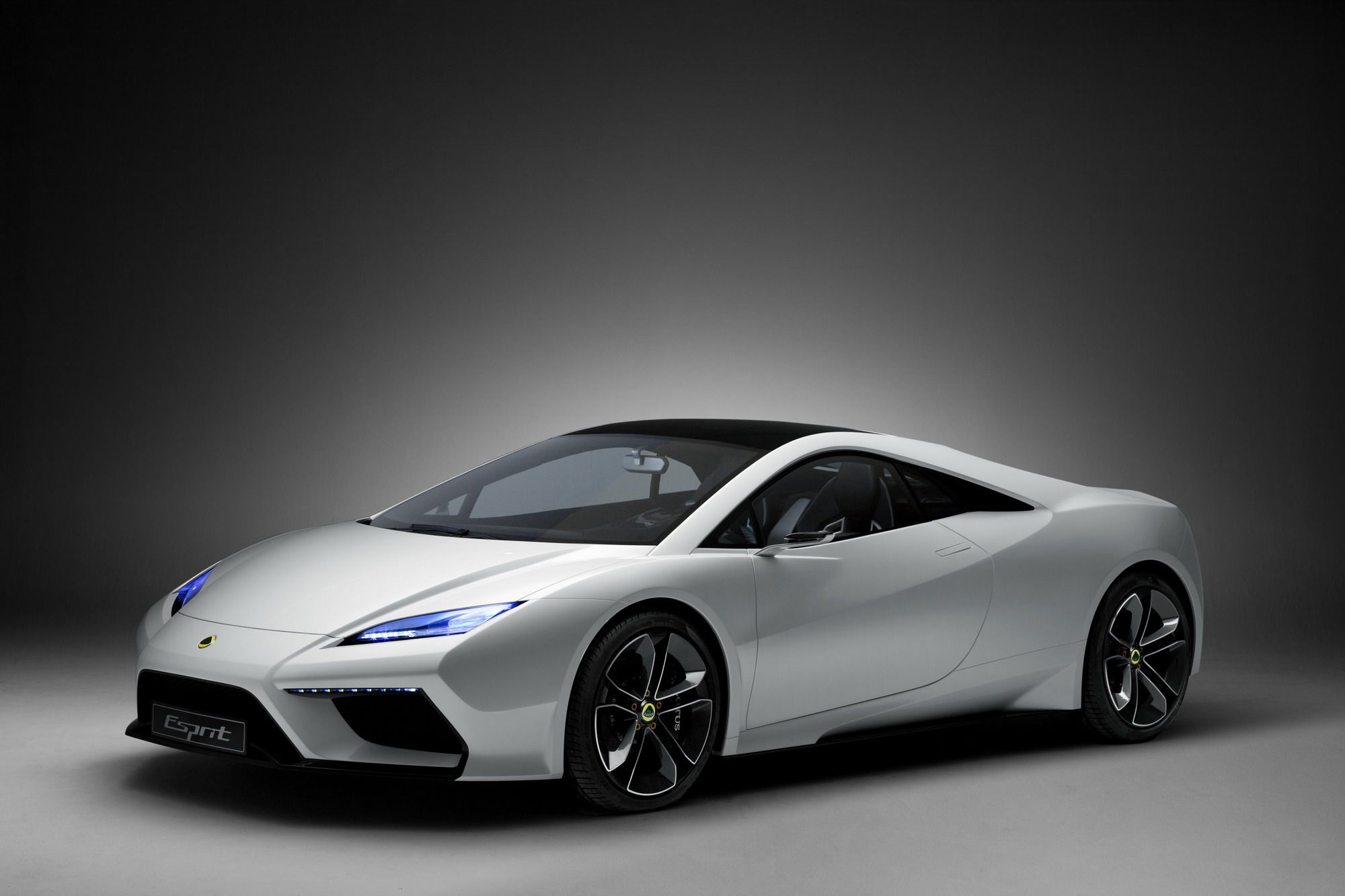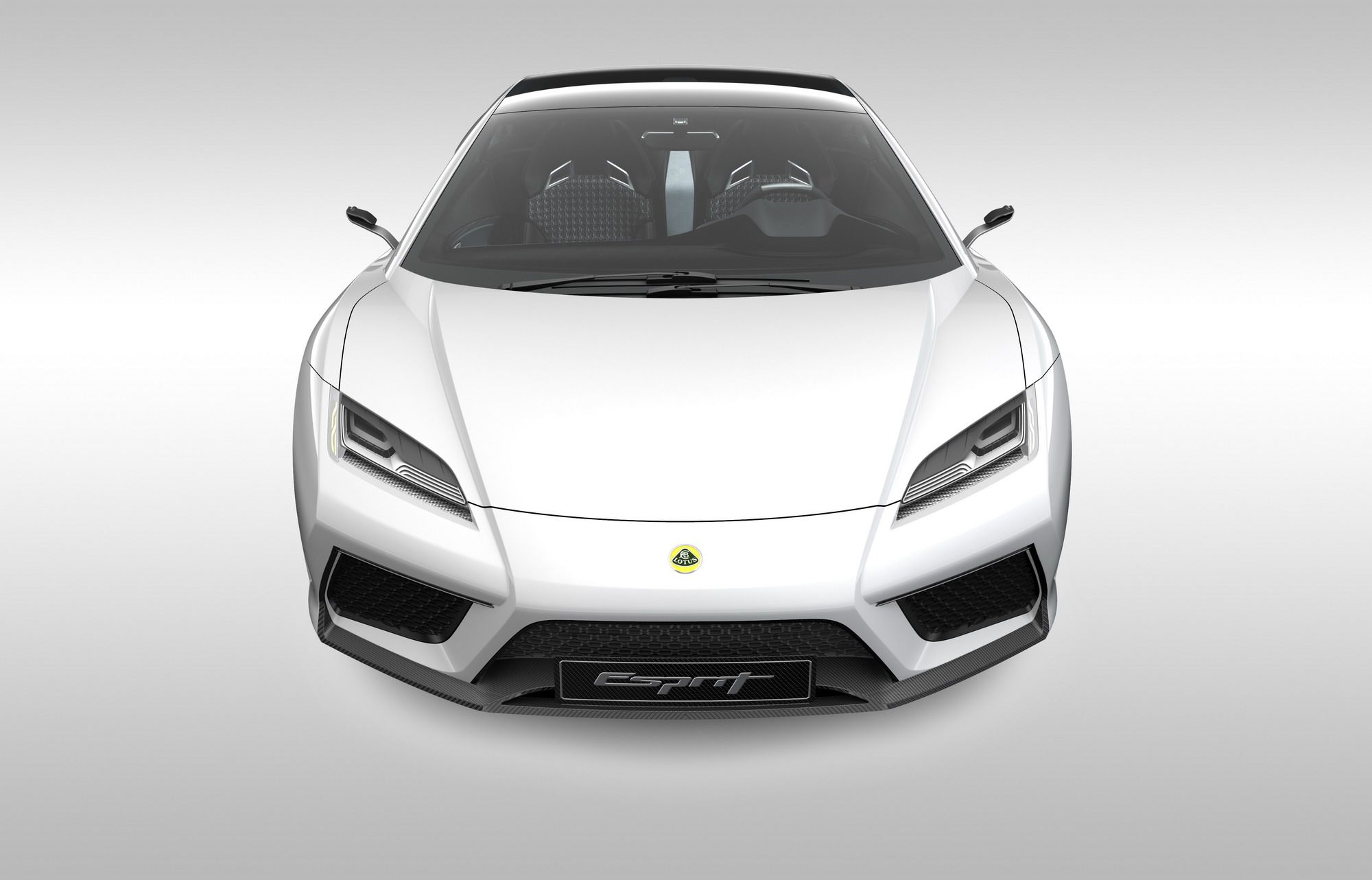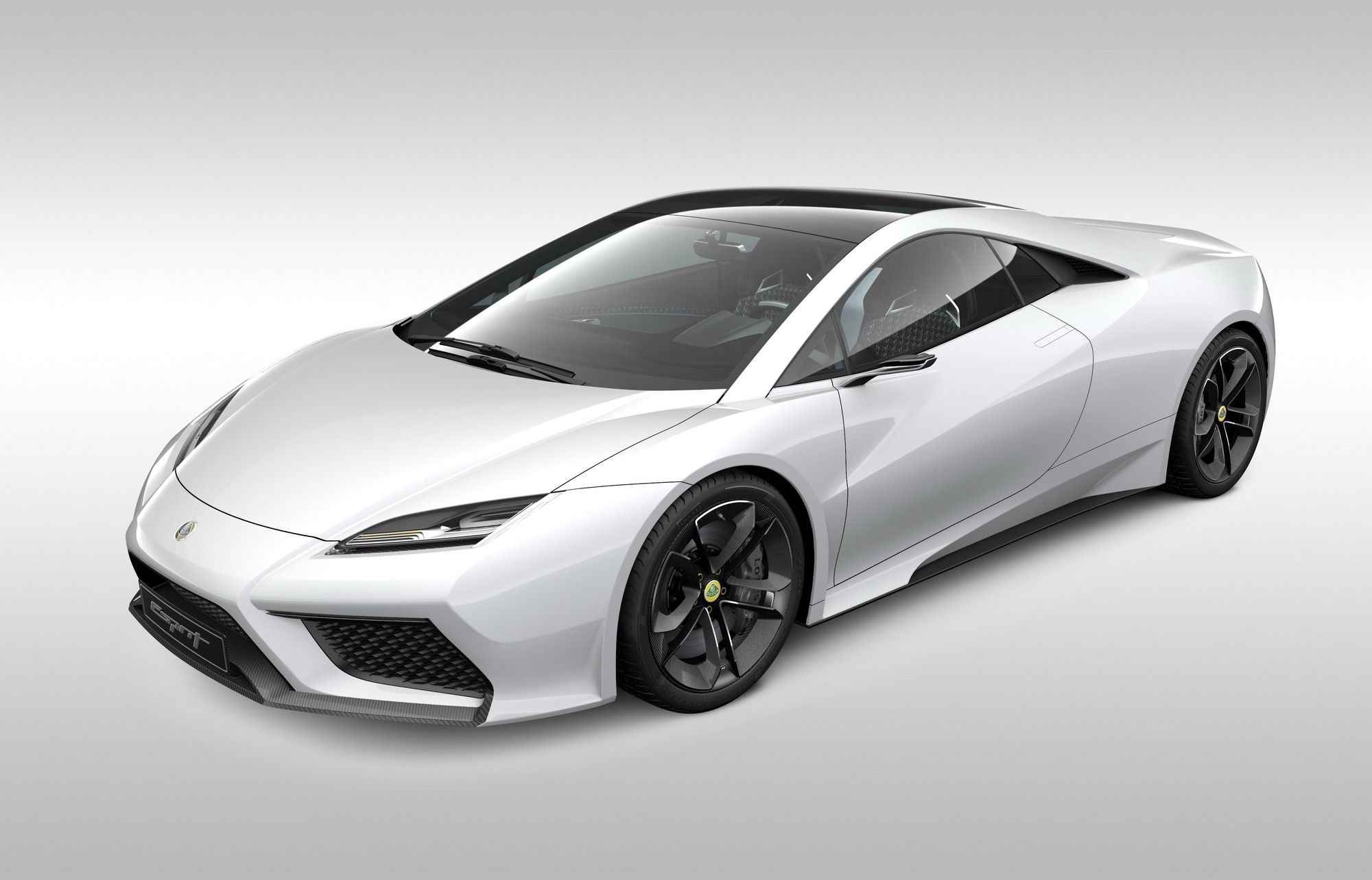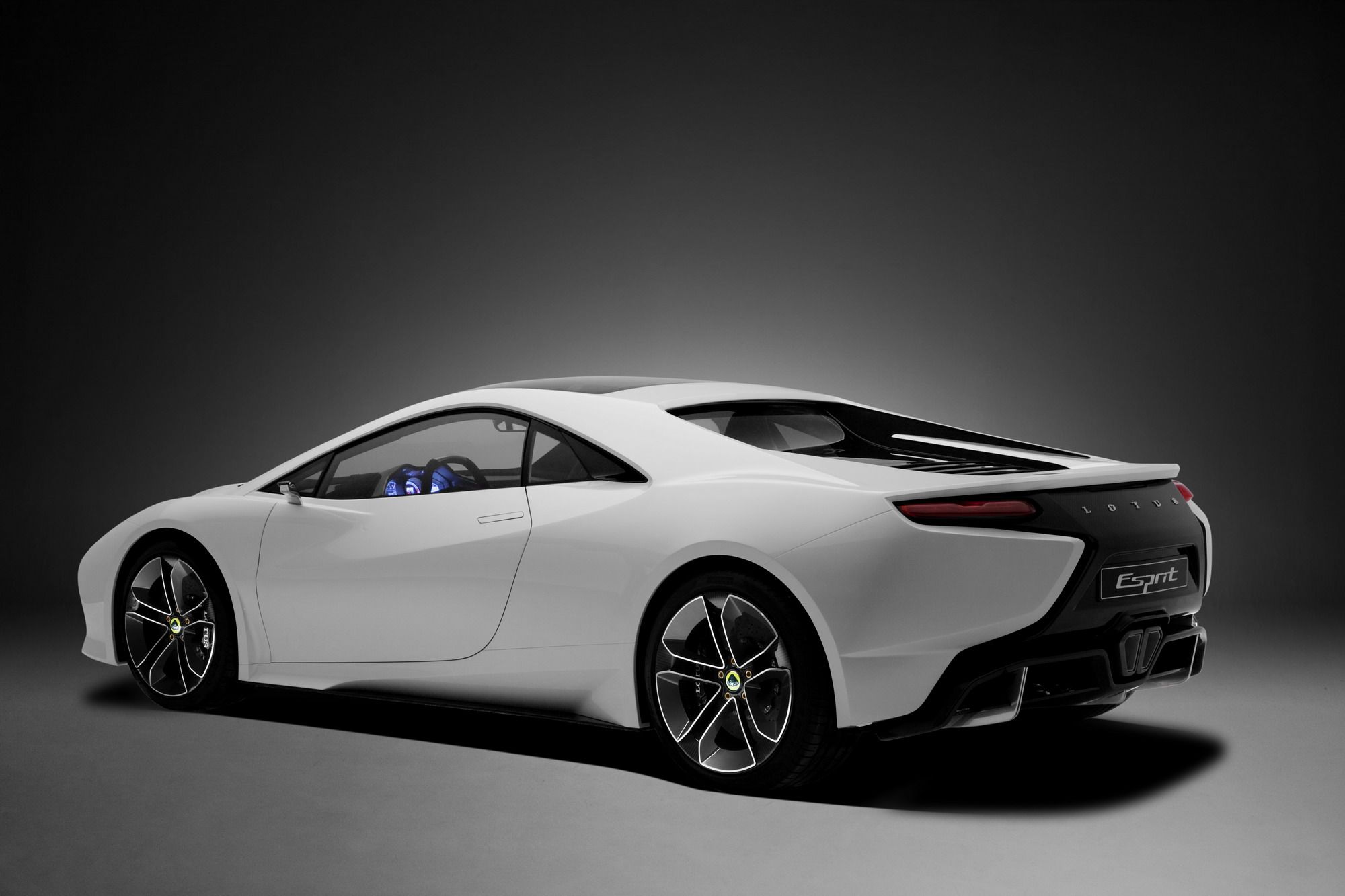Strategic alliance is the best way to go forward these days. We recently heard about Ford and Volkswagen collaborating, and this time, it is Lotus and Williams Advanced Engineering. The two companies will work hand-in-hand to share “research and development into advanced propulsion technologies.” The newly-wed companies have not provided any details on their forthcoming projects yet, but rumors suggest they could be working on the upcoming Lotus all-electric hypercar.
A Match Made In Heaven
It makes sense for the two British companies to come together. Lotus had a good 2018 after a topsy-turvy period of almost seven years prior to that.
What They Had To Say
Lotus Cars CEO, Phil Popham, said, "Our new technology partnership with Williams Advanced Engineering is part of a strategy to expand our knowledge and capability in the rapidly changing automotive landscape. Applying advanced propulsion powertrains can provide numerous exciting solutions across multiple vehicle sectors. Our combined and complementary experiences make this a very compelling match of engineering talent, technical ability and pioneering British spirit.”
Craig Wilson, Managing Director of Williams, said, “Williams Advanced Engineering takes great pride in delivering innovation for our customers at a rapid pace of development, born from our Formula One heritage. We will be further developing next-generation powertrains in this partnership with Lotus."
This Could Mean Something Very Big
However, Autocar claims that the reason for the collaboration is a hypercar codenamed Omega.
|
Read our full review on the 2020 Lotus SUV. |
Read our full review on the 2018 Lotus Exige Sport 410. |
Read our full review on the 2017 Lotus Exige Sport 380. |
McLaren P1 |
Porsche 918 |
I.C Engine |
1.6-litre V6 turbo |
6.5-litre V12 |
6.2-litre V12 |
3.8-litre V8 twin-turbo |
4.6-liter V-8 |
|
|
Electric Motor |
3x direct drive electric motors |
single direct drive electric motor |
single direct drive electric motor |
single direct drive electric motor |
3x direct drive electric motors |
||||||
|
Total max power |
986bhp + |
986bhp + |
950bhp |
903bhp |
875 bhp |
||||||
|
Total max torque |
N/A |
N/A |
664lb ft |
664lb ft |
944 lb ft |
||||||
|
Transmission |
8-speed semi-automatic |
7-speed semi-automatic |
7-sp dual-clutch |
7-sp dual-clutch |
7-sp dual-clutch |
||||||
|
Weight (kerb) |
N/A |
1000kg (est) |
1585kg |
1547kg |
1675kg |
||||||
|
Power/weight |
N/A |
986bhp/ton (est) |
599bhp/ton |
583bhp/ton |
522bhp/ton |
||||||
|
0-62mph |
N/A |
N/A |
less than 3 seconds |
2.8 seconds (claimed) |
2.6 seconds |
||||||
|
Top speed |
217 + |
N/A |
217mph (limited) |
217mph |
214 mph (claimed) |
||||||
|
Price (from new) |
£2.07 million (plus local taxes) |
£2.5-3 million (est) |
£1.15 million |
£866,000 |
£781,155 |
Our Take
Although it looks like the Omega is being built to take on the Aston Martin Valkyrie, people forget that this is an intensely competitive segment already.
Further Reading
Read our full review on the 2020 Lotus SUV.
Read our full review on the 2018 Lotus Exige Sport 410.
Read our full review on the 2017 Lotus Exige Sport 380.





